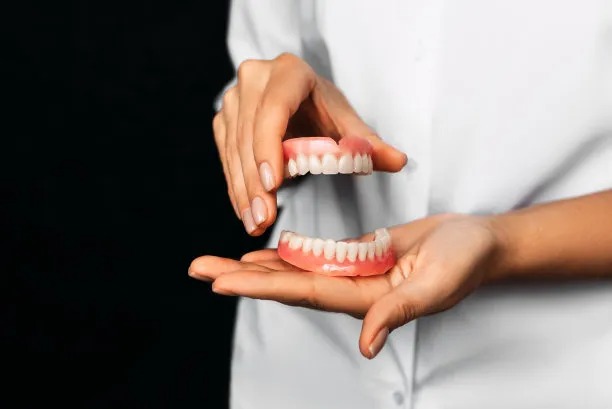Understanding the Process of Extracting a Tooth and What to Expect During Your Dental Visit
Summary: Dental extraction, often perceived with apprehension, is a routine procedure for addressing problematic teeth. This article delves into the entire process of tooth extraction, from the preliminary consultation and diagnostic procedures, through to the extraction process itself and the recovery phase. We aim to equip you with knowledge about what to expect during your dental visit, alleviating fears and answering common queries about the procedure. By understanding each phase, patients can prepare themselves mentally and physically, ensuring a smoother dental experience.
1. The Initial Consultation and Diagnosis

The journey towards tooth extraction begins with an initial consultation with your dentist. This step is crucial as it allows the dental professional to assess the condition of your teeth and surrounding tissues. During this visit, your dentist will discuss the symptoms you are experiencing, whether it be pain, swelling, or decay. They will ask specific questions to determine the underlying cause of the issue.
After the discussion, the dentist will likely perform a physical examination of your teeth and gums. This may include taking X-rays to identify the extent of decay or any underlying infections. The results from these diagnostic tools are essential in formulating a treatment plan, helping both the dentist and patient understand the necessity of the extraction.
Once the diagnosis is confirmed, the dentist will explain the extraction procedure in detail, addressing any concerns you may have. They will also discuss anesthesia options and post-operative care, ensuring you feel informed and comfortable moving forward with the extraction.
2. Preparing for Tooth Extraction
Preparation for a tooth extraction involves several critical steps. Before your appointment, your dentist will likely advise you on how to prepare, including dietary restrictions and medications. If you take blood thinners or other medications, its essential to inform your dentist, as they may require adjustments before the procedure.
On the day of the extraction, you may be asked to arrive at the dental office a little early. This time will allow you to fill out any necessary paperwork and ask last-minute questions. Depending on the complexity of the extraction and personal health factors, sedation options will be discussed to ensure you remain comfortable throughout the procedure.
Being mentally prepared is just as vital as the physical preparation. It’s normal to feel anxious before dental work, especially an extraction. Engaging in relaxation techniques, such as deep breathing or visualization, can help calm your nerves as you approach the dental chair.
3. The Tooth Extraction Procedure
The actual tooth extraction procedure usually starts with administering anesthesia to numb the area around the affected tooth. Depending on the complexity of the extraction and the patient’s anxiety levels, local or general anesthesia may be used. Once the anesthetic takes effect, the dentist will proceed with the extraction.
The dentist will use specialized tools to loosen the tooth from its socket and gently remove it. For simple extractions, these steps are straightforward. However, if the tooth is impacted or has broken beneath the gum line, more complex techniques may be employed, such as making an incision in the gum to access the tooth.
Throughout the procedure, the dentist will ensure that you are comfortable and pain-free. It can be helpful to communicate any discomfort you may feel during this time. Once the tooth is removed, the dentist will discuss the necessary aftercare, including instructions for managing pain and preventing infection.
4. Post-Extraction Recovery and Care
Recovery after a tooth extraction is a crucial phase that should not be overlooked. Immediately following the procedure, it’s common to experience some discomfort and swelling. Your dentist will provide guidelines on how to manage these symptoms, which may include prescribed pain relievers and anti-inflammatory medications.
It’s important to follow the post-operative instructions provided by your dentist, which may include resting, applying ice packs to reduce swelling, and avoiding certain foods and activities. Maintaining oral hygiene is essential, but you should be cautious around the extraction site to avoid irritation.
Typically, the initial healing stage lasts a few days, but complete recovery may take a couple of weeks. Regular follow-ups with your dentist are advised to ensure that the healing process is on track and to address any complications that may arise.
Summary:
Understanding the extraction process makes the journey significantly less daunting for patients. Starting from the initial consultation to the post-extraction recovery, knowing what to expect can alleviate fears and improve the overall dental experience. Ensuring proper communication with your dentist and adhering to recovery guidelines leads to successful healing and pain management.
This article is compiled by Vickong Dental and the content is for reference only.



